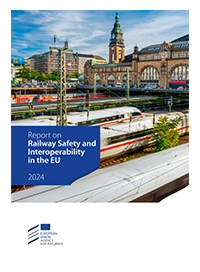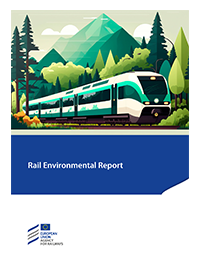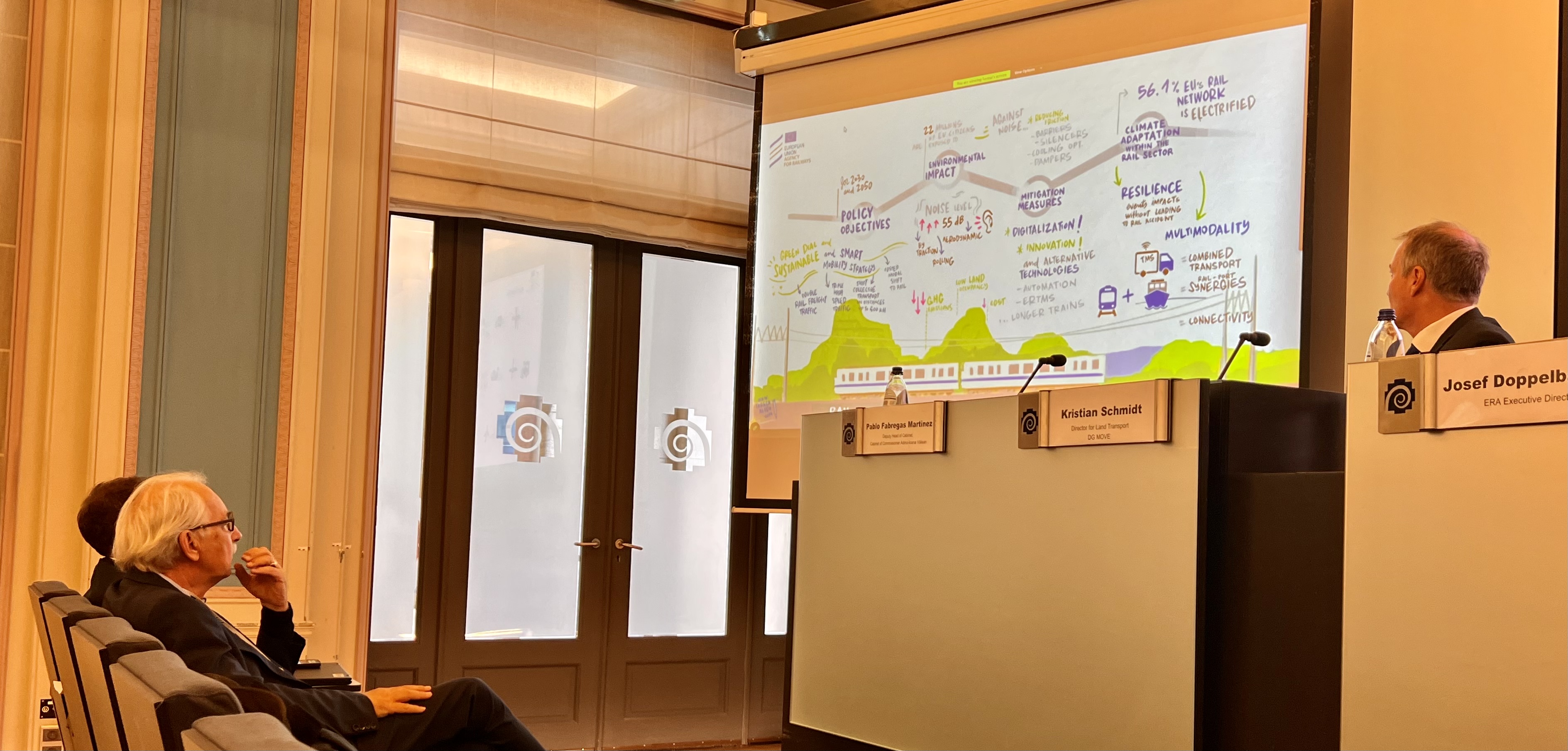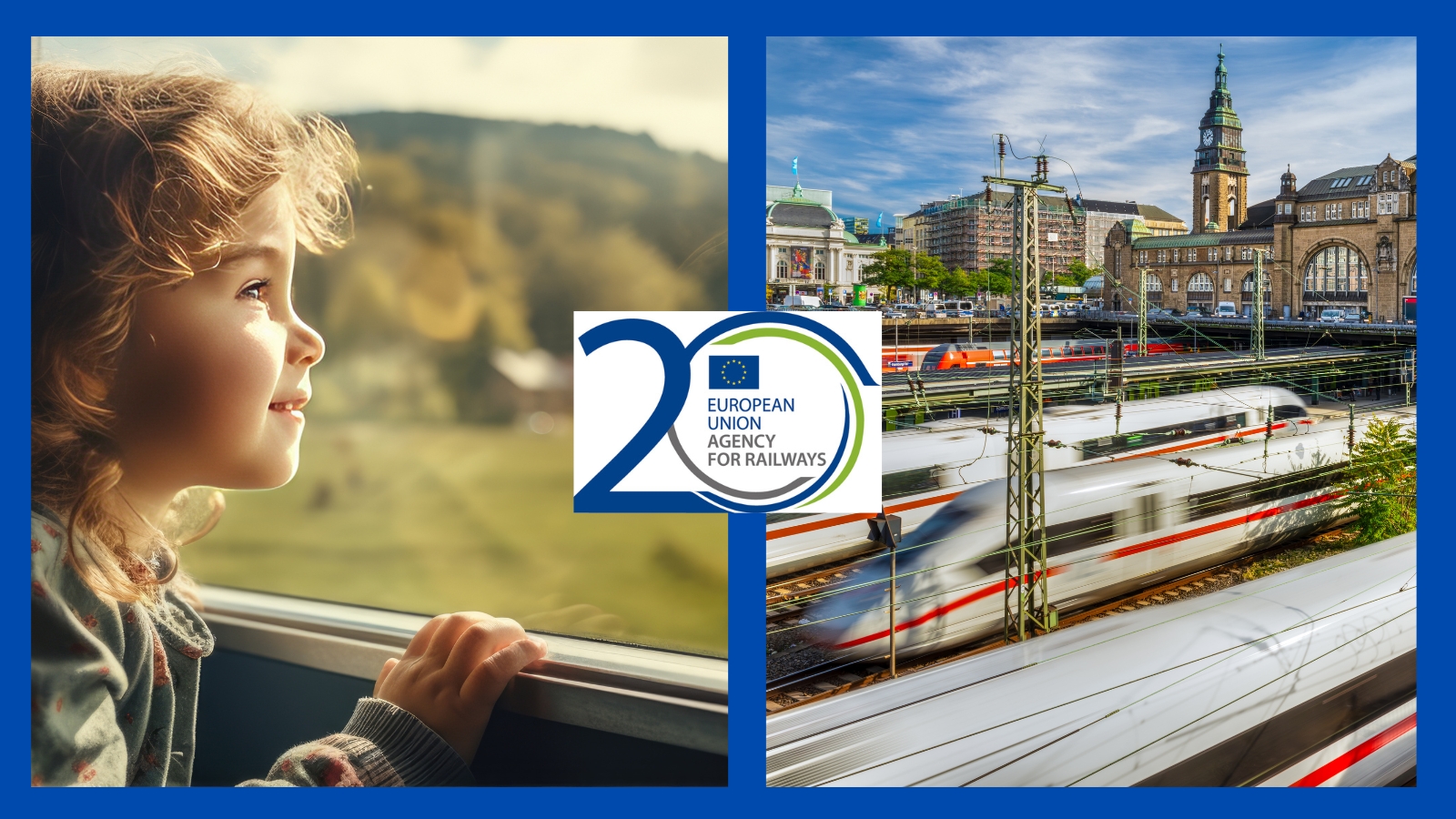EU Railway System Safety Performance: European railways remain among the safest in the world
The 2024 Railway Safety and Interoperability Report highlights that European railways remain among the safest in the world. Notably, no major accidents resulting in five or more fatalities occurred in 2018, 2020, and 2021. Unfortunately, there were five tragic events in 2022 and 2023, including the accident that occurred in February 2023 at Tempi, Greece, which claimed 57 lives.
The new report highlights that improving safety involves not just following rules, but also fostering a positive safety culture and the rail sector's commitment to sustainable, safe operations across the Single European Railway Area (SERA). And it considers that implementing an EU-wide safety reporting system would improve areas where safety has been stagnant, like level crossings and railway workers' safety.
Interoperability: Bridging the Gaps
The EU Railway system has already come far in terms of improving interoperability, defined as the capability to operate on the rail network without any interruption at borders. However, there are still many areas to improve, especially considering that railways have not increased their modal share in the transport mix in the past decade, despite being the most sustainable mode of transport.
Numbers talk for rail, and the storyline is this: the relative share of people and goods transported by rail, compared with other modes of transport, appears to have stagnated at rather low levels (around 6 % and 16 %, respectively), and international rail traffic is significant only for freight services (accounting for more than 50 % of the total rail freight traffic) and appears to account for quite a small proportion of passenger services (around 6 %).
ERA’s report also shows progress in aligning operational rules and highlights challenges in achieving full interoperability of railway assets. Monitoring cross-border rail traffic, transfer times, and punctuality has provided crucial data, with the main issue identified being inconsistent deployment of the European Rail Traffic Management System (ERTMS) and national rules at border crossings. Moreover, delays in implementing Technical Specifications for Interoperability (TSIs) in some Member States have affected SERA’s efficiency.
Important progress has also been registered in the implementation of the 4th Railway Package. Since 16 June 2019, ERA has been mandated to issue vehicle authorisations, single safety certificates, and ERTMS Trackside approvals. This strategic activity has streamlined rail operations, making them more accessible and predictable. A single application to ERA’s One-Stop-Shop (OSS) now suffices for authorisations valid in several Member States.
The performance achieved over the last five years has been made possible by ERA’s dedicated staff, and the excellent cooperation with the entire European railway sector that trusted the process and submitted their requests. The Agency has so far authorised 80,000 vehicles since 2019, delivered 15 ERTMS trackside approvals, and in 2023 has issued 22% of the EU’s single safety certificates. Of all vehicle authorisations, 17% were for single-country use, while 83% covered multiple EU countries. These figures underscore ERA's significant role in advancing the One Europe, One Railway initiative.
Moreover, the report highlights ERA's innovative use of semantic technologies to enhance data interoperability, scalability, and adaptability in the railway sector. This technological advancement is seen as crucial for overcoming barriers, boosting competitiveness, and improving operational efficiency.
Environmental Impact: Railways on the Green Track
ERA’s first edition of the Environmental Report explains rail's carbon footprint and strategies to reduce it. Despite emitting minimal greenhouse gases (0.4% of the transport sector total), rail still impacts the environment, notably through railway noise affecting 22 million Europeans.
Based on analysing the available date, the report recommends a future mobility solution: a fully integrated multimodal transport system ensuring efficient movement of persons and goods with minimal environmental impact. Rail is highlighted as the most sustainable, affordable, and energy-efficient option for achieving decarbonisation goals.
Additionally, the report underscores the need for a resilient transport network capable of coping with climate change impacts, crucial for maintaining uninterrupted mobility across Europe.















